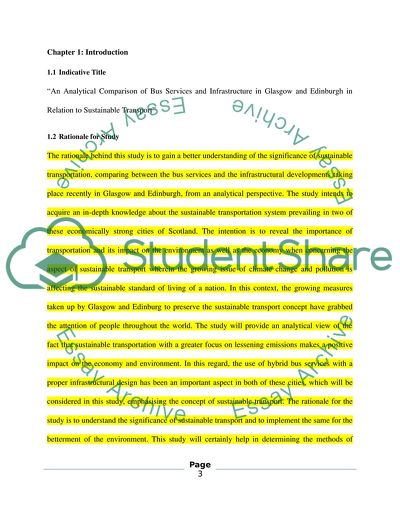Cite this document
(Sustainable Transport: A Comparison of Bus Services and Infrastructure Dissertation, n.d.)
Sustainable Transport: A Comparison of Bus Services and Infrastructure Dissertation. https://studentshare.org/environmental-studies/1846374-an-analytical-comparison-of-bus-services-and-infrastructure-in-glasgow-and-edinburgh-in-relation-to-sustainable-transport
Sustainable Transport: A Comparison of Bus Services and Infrastructure Dissertation. https://studentshare.org/environmental-studies/1846374-an-analytical-comparison-of-bus-services-and-infrastructure-in-glasgow-and-edinburgh-in-relation-to-sustainable-transport
(Sustainable Transport: A Comparison of Bus Services and Infrastructure Dissertation)
Sustainable Transport: A Comparison of Bus Services and Infrastructure Dissertation. https://studentshare.org/environmental-studies/1846374-an-analytical-comparison-of-bus-services-and-infrastructure-in-glasgow-and-edinburgh-in-relation-to-sustainable-transport.
Sustainable Transport: A Comparison of Bus Services and Infrastructure Dissertation. https://studentshare.org/environmental-studies/1846374-an-analytical-comparison-of-bus-services-and-infrastructure-in-glasgow-and-edinburgh-in-relation-to-sustainable-transport.
“Sustainable Transport: A Comparison of Bus Services and Infrastructure Dissertation”. https://studentshare.org/environmental-studies/1846374-an-analytical-comparison-of-bus-services-and-infrastructure-in-glasgow-and-edinburgh-in-relation-to-sustainable-transport.


